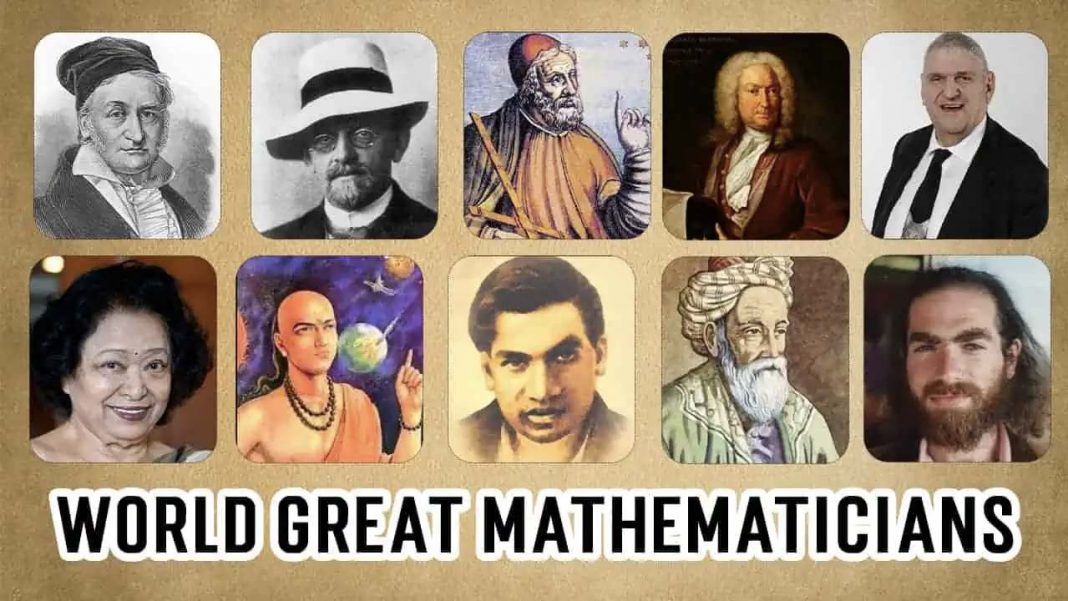Mathematics is a fascinating field that shapes the world around us, from the technology we use every day to the mysteries of the universe. At the heart of these discoveries are famous mathematicians whose brilliant minds and groundbreaking work have made a lasting impact. This blog will explore 15 remarkable individuals and delve into their contributions.
Math & ELA | PreK To Grade 5
Kids see fun.
You see real learning outcomes.
Watch your kids fall in love with math & reading through our scientifically designed curriculum.
Parents, try for free Teachers, use for free
1. Euclid
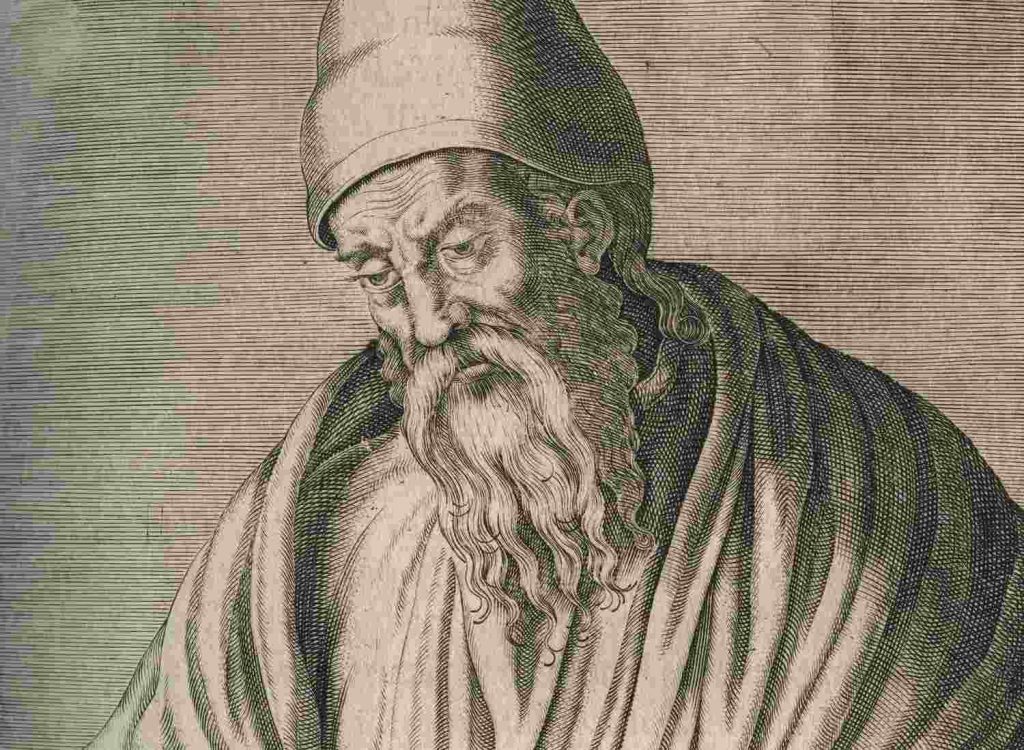
Year: Active around 300 BC
Euclid is one of the most famous mathematicians in geometry, often hailed as the “Father of Geometry.” His systematic approach to geometry set the stage for what would become modern geometry.
Contribution: Euclid’s most significant work, “Elements,” is a comprehensive compilation of the knowledge of geometry of his time. It has served as a foundational textbook in the subject for centuries.
Fun Fact: Despite his immense influence, little is known about Euclid’s life. His work, however, has made him one of the most well-known mathematicians in history.
2. Archimedes
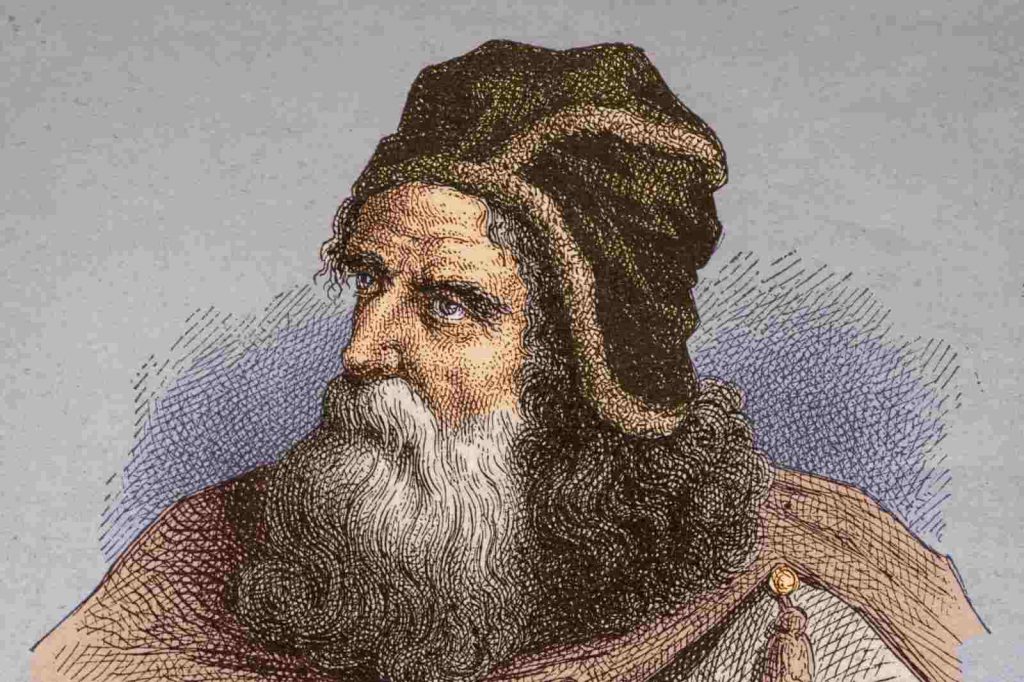
Year: c. 287–212 BC
Archimedes was an ancient Greek mathematician, physicist, and engineer. He is known for his deep contributions to the understanding of the physical world and mathematical theorems.
Contribution: Among his many contributions, the most famous is Archimedes’ Principle, which explains the theory of buoyancy. He also made significant advances in geometry, including the method of exhaustion for calculating areas and volumes.
Fun Fact: Archimedes is said to have discovered his principle of buoyancy while taking a bath and ran through the streets naked, excitedly shouting, “Eureka!” (I have found it!).
3. Pythagoras

Year: c. 570–495 BC
Pythagoras is a popular mathematician and philosopher known for his eponymous theorem, which has become a fundamental principle in geometry.
Contribution: The Pythagorean theorem, which states that in a right-angled triangle, the square of the hypotenuse is equal to the sum of the squares of the other two sides, is his most famous contribution.
Fun Fact: Pythagoras founded a philosophical and religious school where all members shared a common way of life and secrets, including the belief in the soul’s immortality.
4. Carl Friedrich Gauss
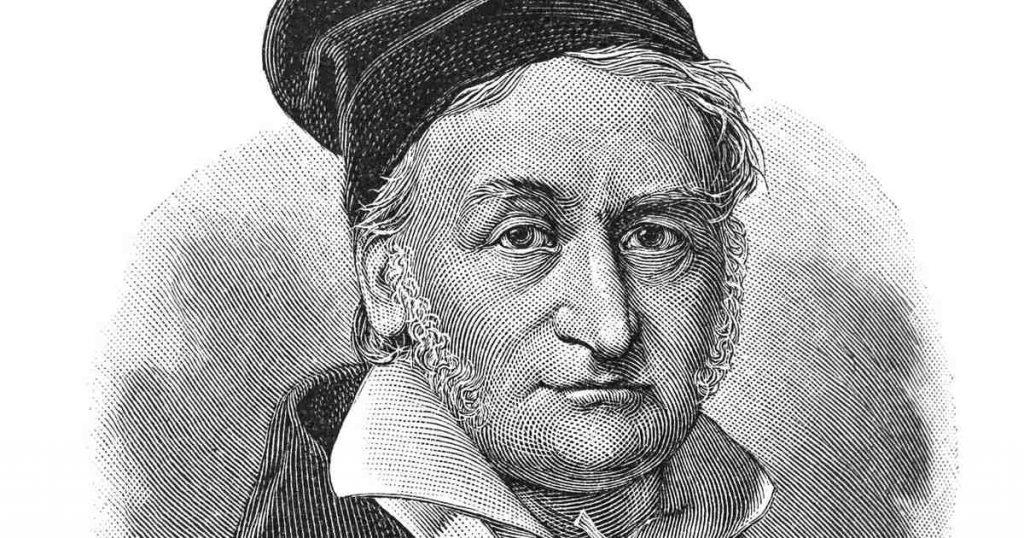
Year: 1777–1855
Gauss, often called the “Prince of Mathematicians,” was a German mathematician who made significant contributions across various mathematical fields.
Contribution: His achievements include the fundamental theorem of algebra, the method of least squares, and contributions to number theory, statistics, and astronomy.
Fun Fact: By the age of seven, Gauss had already discovered a formula for the sum of an arithmetic series, showcasing his prodigious talent.
5. Leonhard Euler
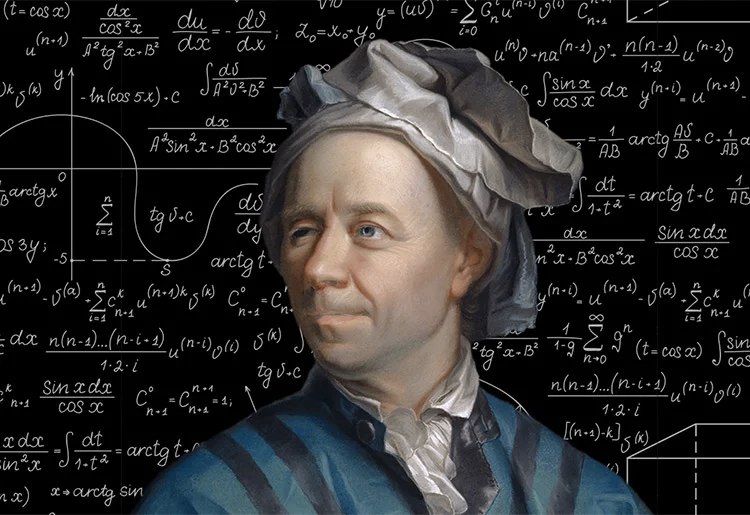
Year: 1707–1783
Leonhard Euler was a Swiss mathematician and physicist, one of the great mathematicians of history, who made pioneering contributions to several areas of mathematics.
Contribution: Euler’s work in mathematics is vast, including the introduction of mathematical notation such as the concept of a function, the notation ‘e’ for the base of the natural logarithm, and the symbol π for the ratio of a circle’s circumference to its diameter.
Fun Fact: Euler continued to produce first-rate mathematical work even after he completely lost his sight.
6. Aryabhatta
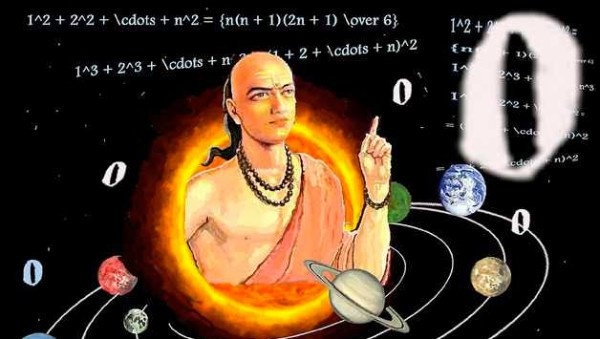
Year: 476–550 AD
Aryabhatta was an ancient Indian mathematician and astronomer and one of the world famous mathematicians who significantly contributed to the understanding of mathematics and astronomy in his time.
Contribution: His major work, “Aryabhatiya,” covers various mathematical topics, including algebra, trigonometry, and spherical trigonometry. He also touched upon the Earth’s rotation on its axis.
Fun Fact: Aryabhatta calculated the approximate value of π and is incorrectly credited by some with the invention of zero, a development that came from the work of many mathematicians.
Related Reading: Best Math Movies for Kids: From Numbers to Narrative
7. Hypatia

Year: c. 360–415 AD
Hypatia was a renowned mathematician and philosopher in Alexandria, known for her teachings and contributions to mathematics during her time.
Contribution: Although her own mathematical works have not survived, she is credited with contributions to the development of algebra and geometry, and she worked on the commentary of Diophantus’s “Arithmetica.”
Fun Fact: Hypatia is one of the first women to make a significant impact in the field of mathematics, remembered for her courage and her tragic end, which marked the decline of Alexandrian intellectual life.
8. Fibonacci
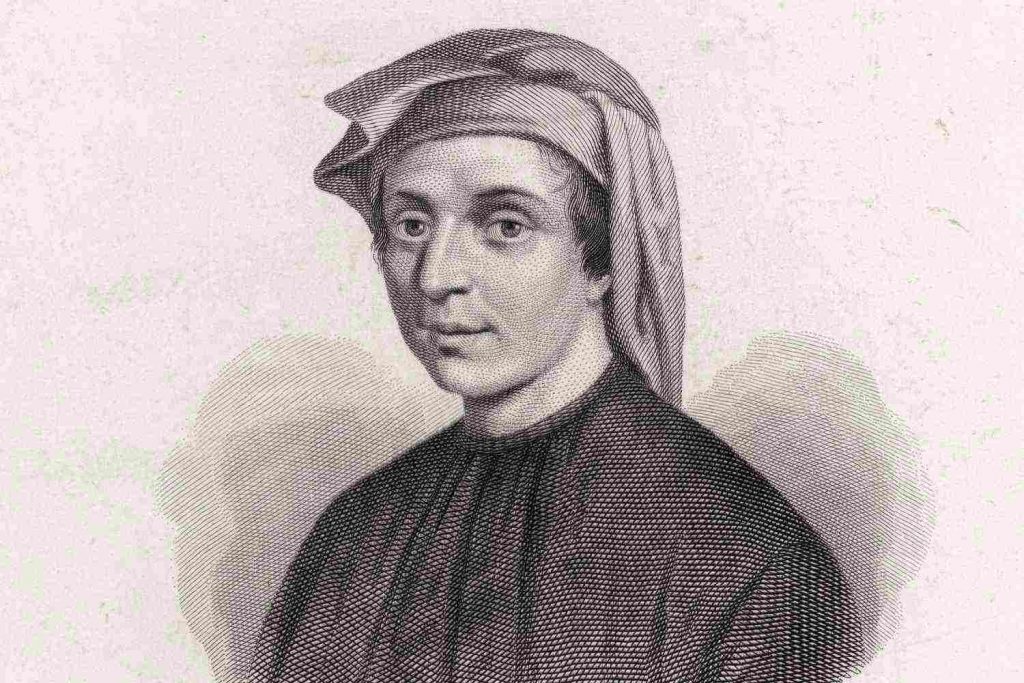
Year: c. 1170–1250
Description: Leonardo of Pisa, known as Fibonacci, was an Italian mathematician who introduced the Hindu-Arabic numeral system to Europe, a fundamental change to mathematics in the Western world.
Contribution: His book “Liber Abaci” introduced the Fibonacci Sequence, a series in which each number is the sum of the two preceding ones, which has applications in various fields, including mathematics, art, and nature.
Fun Fact: The Fibonacci Sequence appears in biological settings, such as branching in trees, the arrangement of leaves on a stem, and the fruit sprouts of a pineapple.
9. Évariste Galois
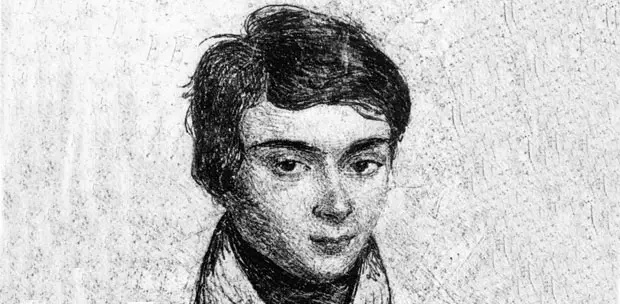
Year: 1811–1832
Évariste Galois was a French mathematician whose work laid the groundwork for group theory and the theory of equations, making him one of the most famous algebra mathematicians.
Contribution: Galois’ theory provides a comprehensive understanding of the solvability of polynomial equations, fundamentally changing the field of algebra.
Fun Fact: Galois had a tumultuous life and died at the young age of 20 after a duel, leaving behind work that would only be recognized for its genius years later.
10. Srinivasa Ramanujan
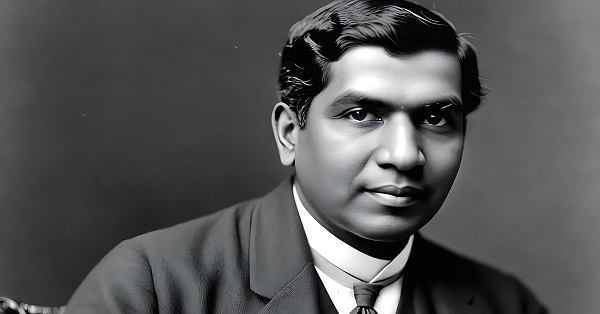
Year: 1887–1920
Srinivasa Ramanujan was an Indian mathematician who made substantial contributions to mathematical analysis, number theory, infinite series, and continued fractions, featuring prominently on the list of mathematicians for his intuitive grasp of numbers.
Contribution: His collaboration with G.H. Hardy led to significant advancements in number theory. Ramanujan’s formulas have found applications in crystallography and string theory.
Fun Fact: Ramanujan developed over 3,000 mathematical identities and equations, with some of his results being so unusual and novel that his peers initially doubted them.
11. Albert Einstein
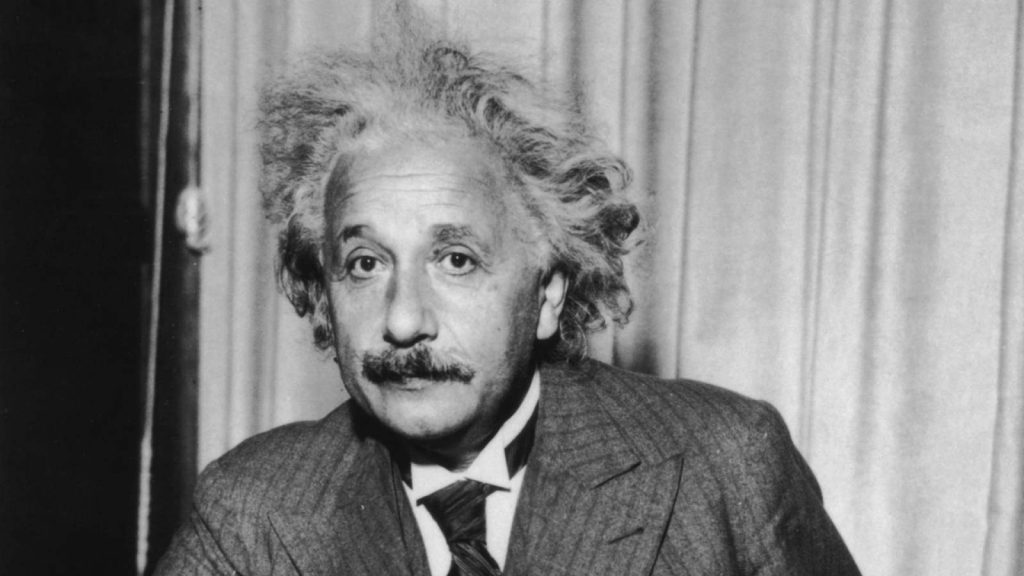
Year: 1879–1955
Though primarily known for his work in theoretical physics, Albert Einstein also made contributions to mathematics, particularly in the development of the theory of relativity, which has mathematical underpinnings that have influenced the field significantly.
Contribution: Einstein’s work on the general theory of relativity introduced complex mathematical concepts to physics, including the use of tensor calculus to describe the curvature of space-time.
Fun Fact: He was offered the presidency of Israel in 1952. Despite his many contributions to science and his strong connections to his Jewish heritage, Einstein declined the offer, stating that he lacked the necessary skills in dealing with people and performing official functions.
12. Sophie Germain
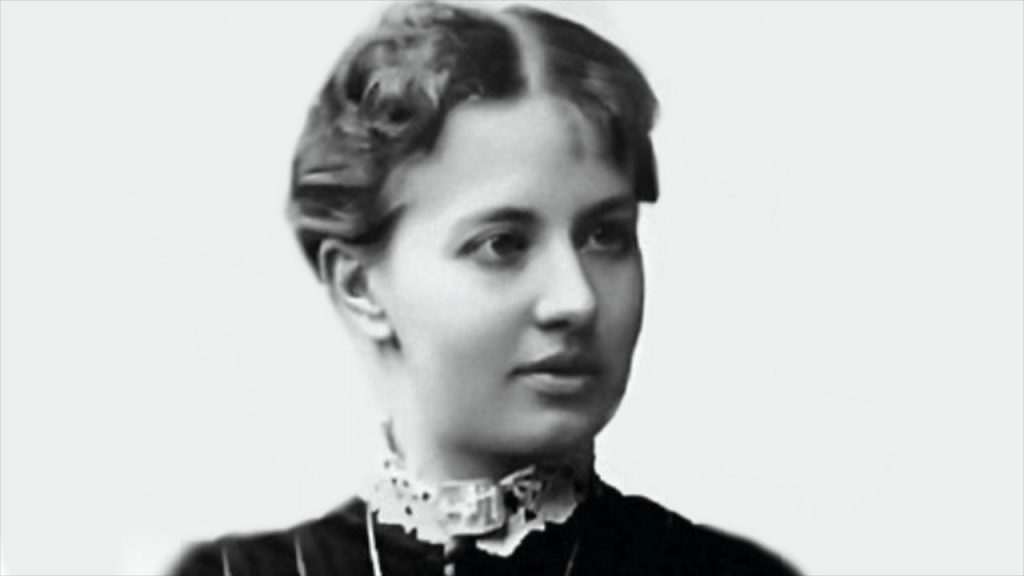
Year: 1776–1831
Sophie Germain was a pioneering French mathematician who made significant contributions to number theory and differential geometry, despite facing significant obstacles due to her gender.
Contribution: She is best known for her work on Fermat’s Last Theorem, providing the first solid foundation for proving the theorem’s special case for certain prime numbers, known as Germain primes.
Fun Fact: Germain initially submitted her work under a male pseudonym to the Academy of Sciences in Paris, as women were not allowed to participate in academic discourse at the time.
13. Ada Lovelace
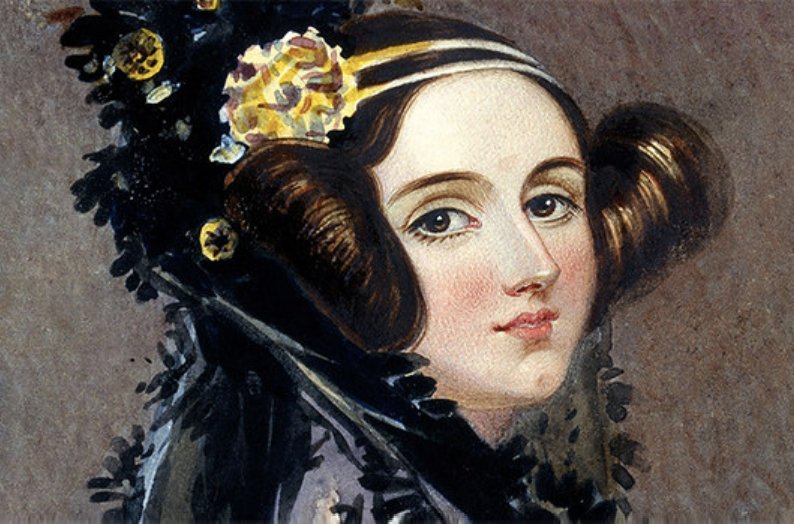
Year: 1815–1852
Ada Lovelace, an English mathematician and writer, is celebrated as the first computer programmer for her work on Charles Babbage’s early mechanical general-purpose computer, the Analytical Engine.
Contribution: She was the first to recognize that the machine had applications beyond pure calculation, publishing the first algorithm intended to be carried out by such a machine.
Fun Fact: Lovelace envisioned the potential of computers to go beyond mere number crunching, predicting their ability to create music and art, showing remarkable foresight into their future capabilities.
14. Georg Cantor
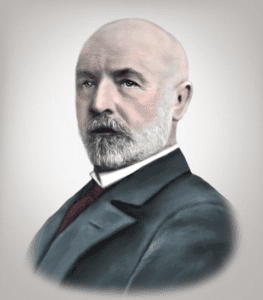
Year: 1845–1918
Georg Cantor was a German mathematician who founded set theory, which has become a fundamental theory in mathematics, dealing with the concept of infinity and the nature of numbers.
Contribution: He introduced the concept of infinite sets, including the idea that some infinities are larger than others, and developed the Cantor set, which demonstrates a set with an infinite number of points but no length.
Fun Fact: Cantor’s work on infinity and the continuum hypothesis was so groundbreaking that it initially faced opposition and skepticism from his contemporaries.
15. David Blackwell
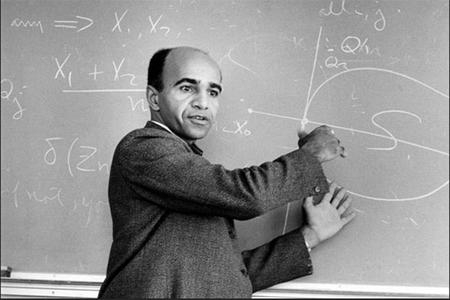
Year: 1919–2010
David Blackwell was an American statistician and mathematician, recognized for his contributions to game theory, probability theory, and information theory, breaking barriers as a prominent African American in the field.
Contribution: He made significant advancements in dynamic programming, statistics, and the theory of random processes. Blackwell is also known for the Rao-Blackwell theorem, which has applications in improving statistical estimators.
Fun Fact: Blackwell was the first African American elected to the National Academy of Sciences and served as the president of the American Statistical Association, showcasing his pioneering role in his field.
Related Reading: Why Math Is Important for Kids
Frequently Asked Questions (FAQs)
Who is the father of calculus?
Isaac Newton and Gottfried Wilhelm Leibniz are credited as the fathers of calculus, having developed its foundations independently.
Who invented algebra?
Ancient mathematicians developed algebra, but Persian mathematician Al-Khwarizmi is often called the father of algebra for his significant contributions.
Who created geometry?
Geometry has ancient origins, but the Greek mathematician Euclid is known as the father of geometry for systematizing its knowledge in his work “Elements.”

















